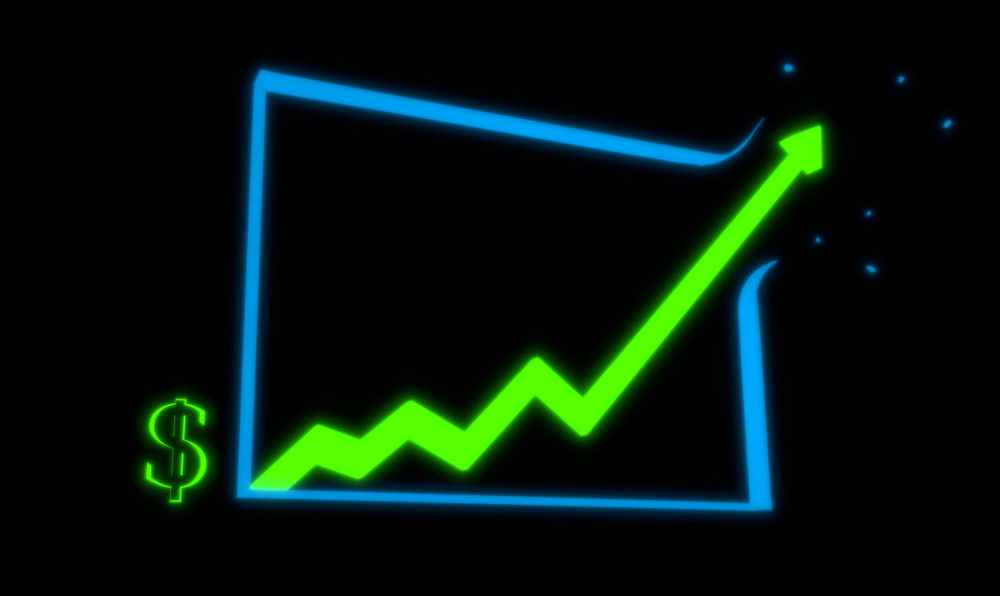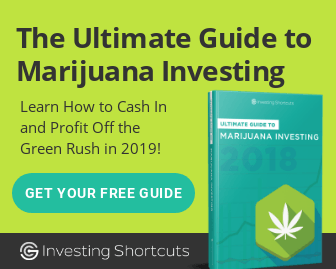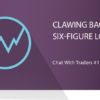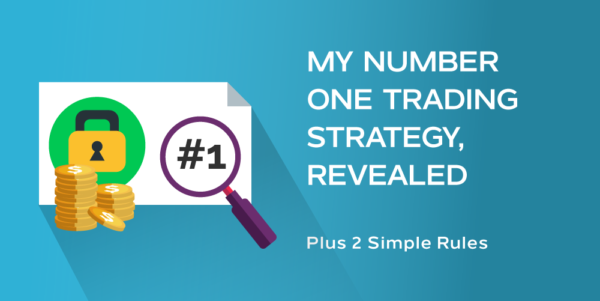
If you have never ever traded futures before, you are unlikely familiar with the term “limit up.”
So let’s explain it…
Limit up refers to a market situation in which prices have reached their daily maximum upside price movement.
On the flip side, limit down refers to a market situation in which prices have reached their daily maximum downside price movement.
These daily limits are determined by the exchange on which the contract is traded. For example, the Chicago wheat futures contract is traded at the Chicago Board of Trade/CME Group and hence they set the daily limits on price movement.
These daily price limits are designed to be a ‘cooling-off” from large intraday market swings.
Daily price limits can be adjusted or removed as the exchange sees fit.
If you are long a contract, a limit up move can be a beautiful thing.
If you are short a contract that goes limit up, you could be in some serious trouble.
If you are short a contract, a limit down move can be a beautiful thing.
If you are long a contract that goes limit down, you could be in some serious trouble.
Locked limit moves can last for days, and the price limits themselves may be expanded.
Limit up or down moves can be both scary and exhilarating depending on what side of the market you are on. These moves can lead to great fortunes as well as devastating losses.
While limit moves may be reached intraday, markets can also open limit up or limit down from the previous day’s close.










